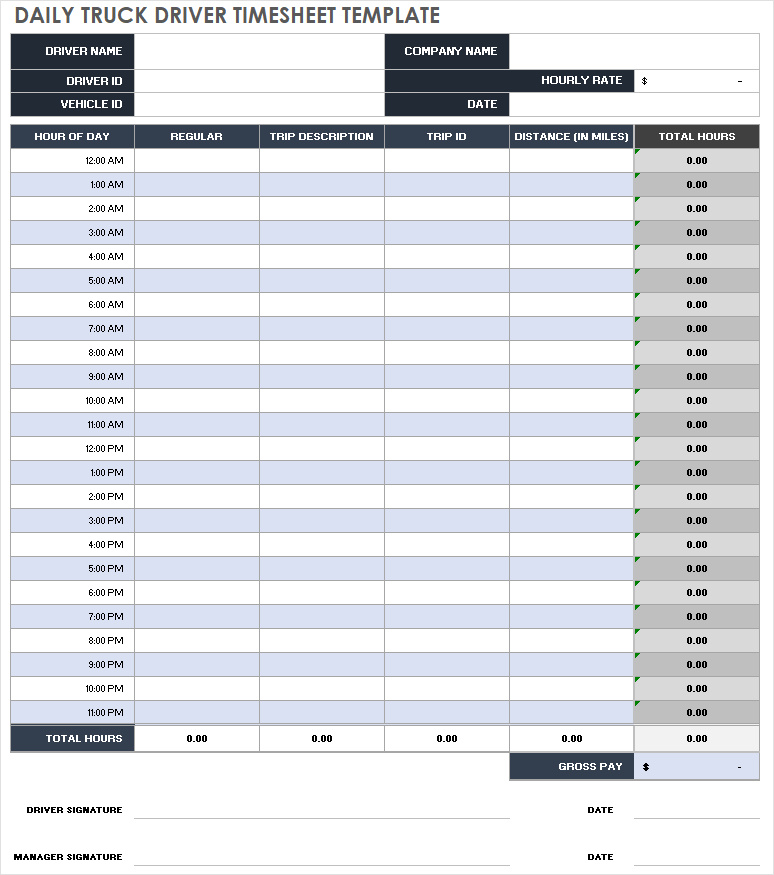As a truck driver, keeping track of your hours on the road is essential for both legal and logistical reasons. A timesheet is a valuable tool that can help you manage your time effectively, ensure accurate payment, and comply with labor regulations. In this article, we will explore the importance of timesheets for truck drivers, how to create and use them effectively, and the benefits they offer. Whether you are a new driver or a seasoned professional, understanding the ins and outs of timesheets will help you stay organized and efficient.
What is a Timesheet for Truck Drivers?
A timesheet for truck drivers is a document that records the hours spent on various tasks, such as driving, loading, unloading, and waiting. It serves as a record of your work hours, allowing you to accurately track your time and ensure you are compensated fairly. Timesheets are typically used by trucking companies to calculate payroll and comply with labor laws, but they can also be useful for independent drivers who want to keep track of their hours and earnings.
Timesheets can be created in various formats, including paper, electronic spreadsheets, or specialized software. They typically include information such as the date, start and end times of each task, total hours worked, and any breaks or rest periods taken. Some timesheets may also include additional details, such as the location of each task and the type of cargo being transported.
Why Do Truck Drivers Need Timesheets?
Timesheets are essential for truck drivers for several reasons:
- Legal Compliance: Truck drivers are subject to strict labor regulations, such as the Hours of Service (HOS) rules enforced by the Federal Motor Carrier Safety Administration (FMCSA). Timesheets help drivers ensure they are following these regulations by accurately recording their hours of work and rest periods.
- Payment Accuracy: Timesheets provide a detailed record of the hours worked, allowing drivers to verify that they are being paid accurately. This is particularly important for drivers who are paid based on the number of hours they work or the distance they travel.
- Efficiency and Productivity: By keeping track of their time, truck drivers can identify areas where they can improve their efficiency and reduce wasted time. This can help them optimize their routes, minimize downtime, and increase their overall productivity.
- Dispute Resolution: In the event of a dispute with an employer or client, timesheets can serve as a valuable source of evidence. They provide a clear record of the tasks performed, the hours worked, and any breaks or rest periods taken.
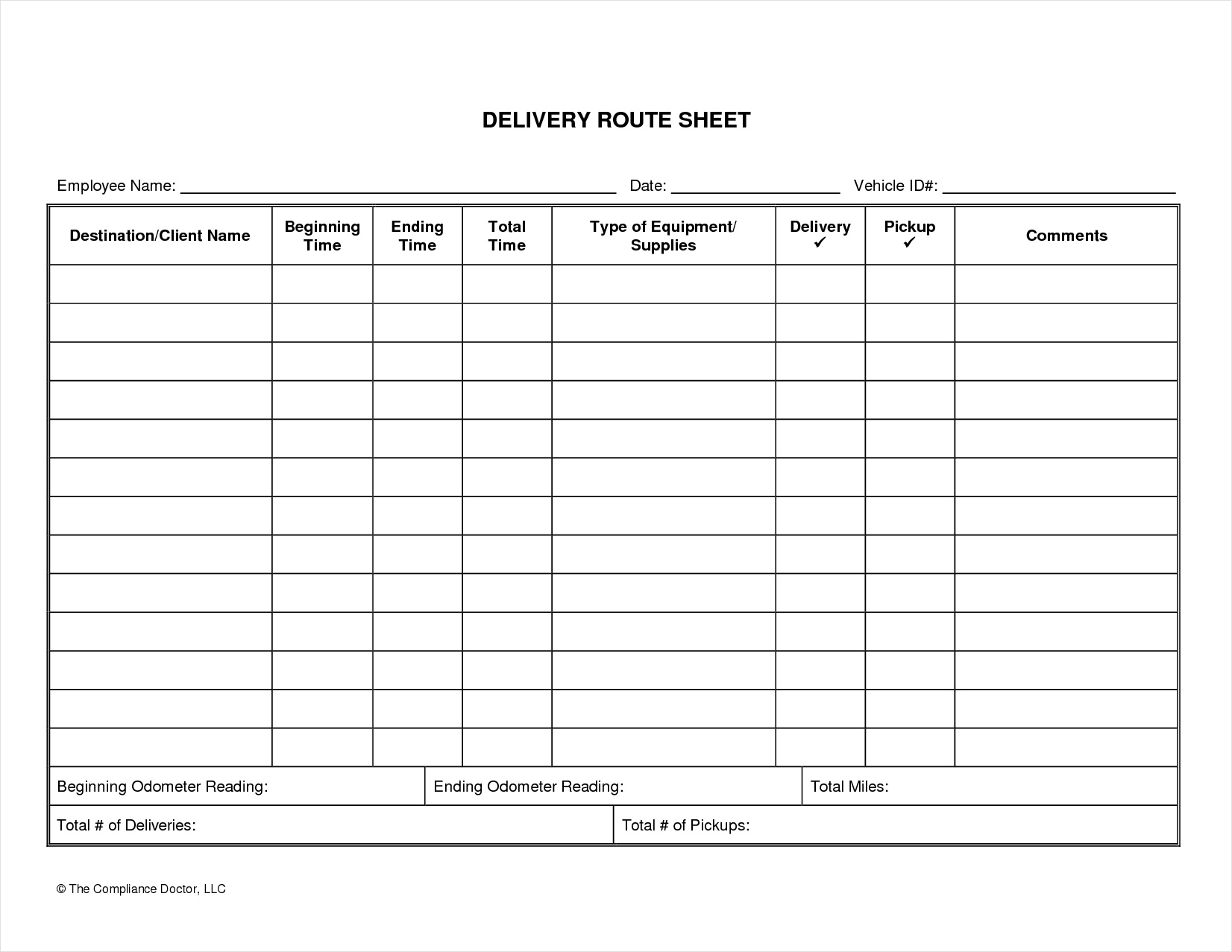
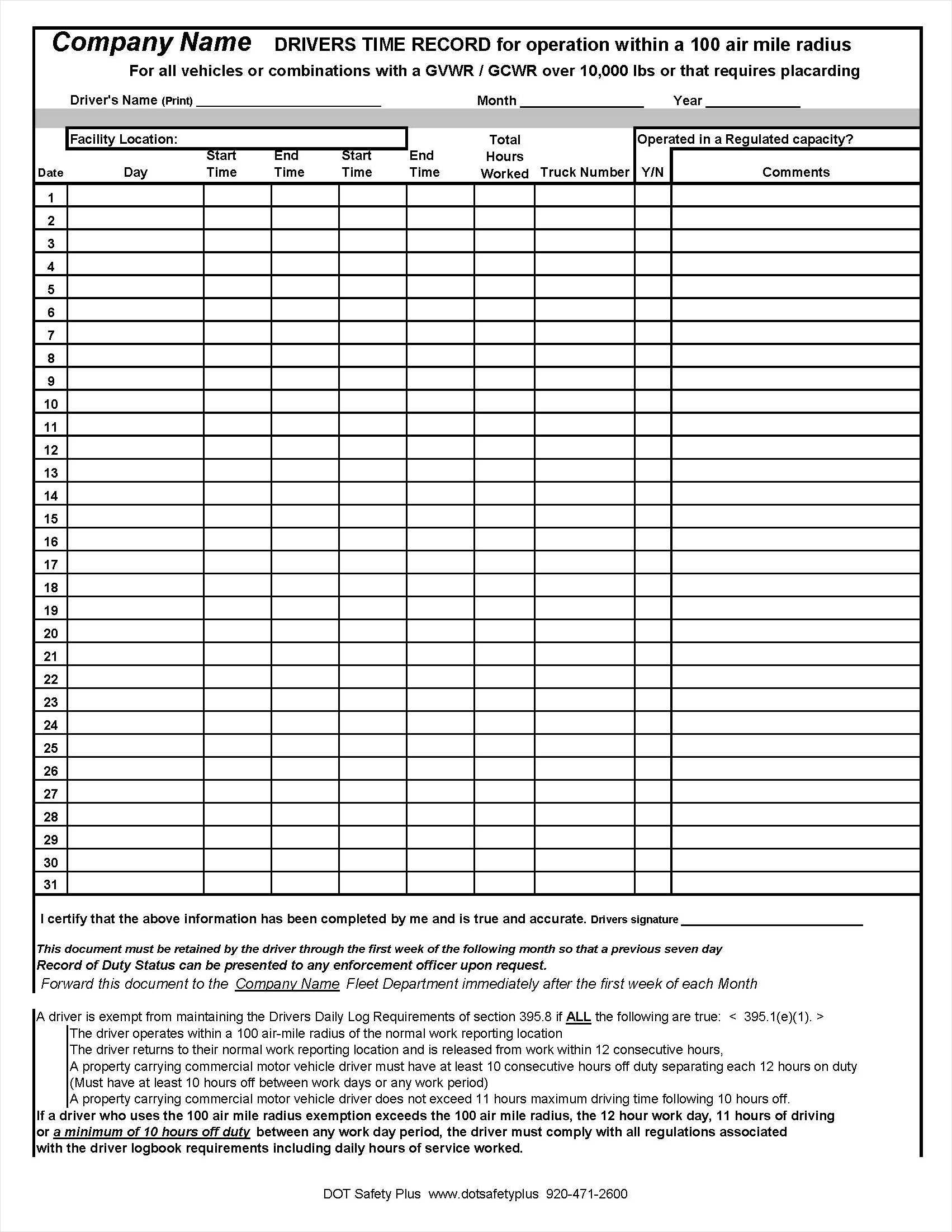
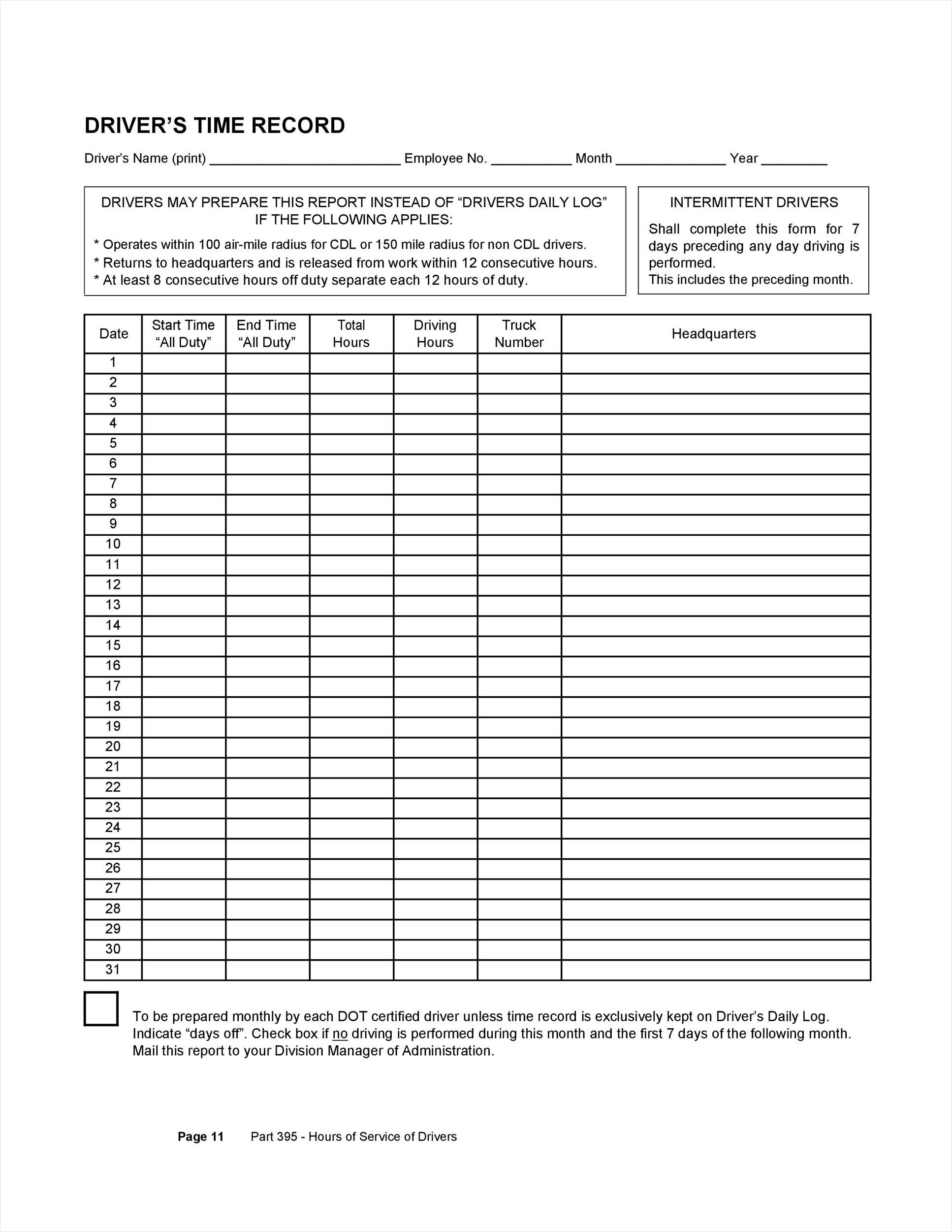
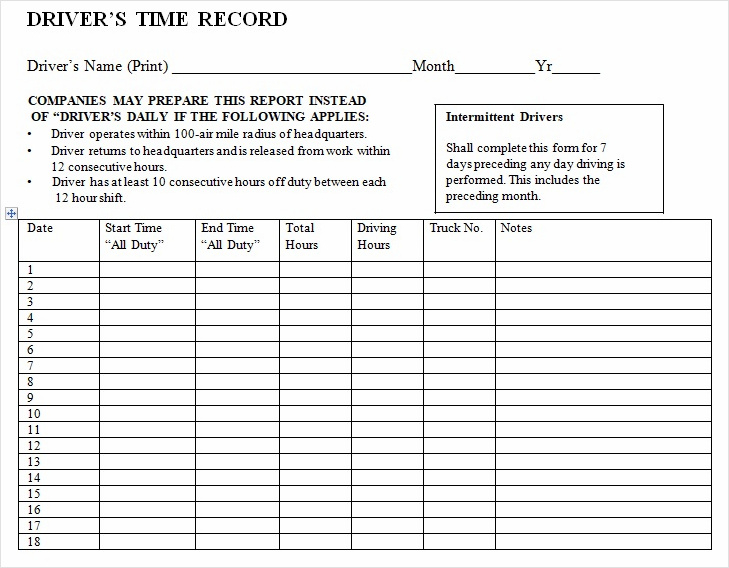
How to Create and Use a Timesheet for Truck Drivers
Creating and using a timesheet for truck drivers is relatively straightforward. Here are the steps you can follow:
1. Choose a Format
Decide whether you want to use a paper-based timesheet, an electronic spreadsheet, or specialized software. Consider your preferences, the level of detail you require, and any specific features you need, such as automatic calculations or integration with other systems.
2. Determine the Required Information
Identify the information you need to include on your timesheet, such as the date, start and end times of each task, total hours worked, breaks, and rest periods. You may also want to include additional details, such as the location and type of tasks performed.
3. Create a Template
Create a template for your timesheet based on the format you have chosen. Include all the necessary fields and sections, ensuring they are clear and easy to understand. Leave enough space for recording information for each day or task.
4. Fill in the Timesheet
At the end of each day or task, fill in the relevant information on your timesheet. Record the start and end times, breaks taken, and any other required details. Be diligent and accurate in your record-keeping to ensure the timesheet reflects your actual hours worked.
5. Review and Submit
Regularly review your timesheet to ensure it is complete and accurate. Make any necessary corrections or adjustments. Once you are satisfied with the information, submit the timesheet to your employer or keep it for your records.
Benefits of Using a Timesheet for Truck Drivers
Using a timesheet offers several benefits for truck drivers:
- Accurate Payment: Timesheets help ensure that drivers are paid accurately for their work, reducing the risk of underpayment or overpayment.
- Compliance with Labor Regulations: Timesheets help drivers comply with labor regulations, such as the HOS rules, reducing the risk of penalties and fines.
- Improved Efficiency: By tracking their time, drivers can identify areas where they can improve their efficiency and reduce wasted time, leading to increased productivity.
- Evidence in Disputes: Timesheets can serve as valuable evidence in the event of a dispute with an employer or client, helping to resolve conflicts and protect the driver’s rights.
- Personal Financial Management: Timesheets can help independent drivers track their earnings and expenses, allowing them to better manage their finances and plan for the future.
Conclusion
A timesheet is a valuable tool for truck drivers, helping them keep track of their hours on the road, ensure accurate payment, and comply with labor regulations. By creating and using a timesheet, drivers can improve their efficiency, resolve disputes, and manage their finances effectively. Whether you are a company driver or an independent operator, implementing a timesheet system can greatly benefit your career and overall success as a truck driver.
Timesheet Template For Truck Drivers – Download
